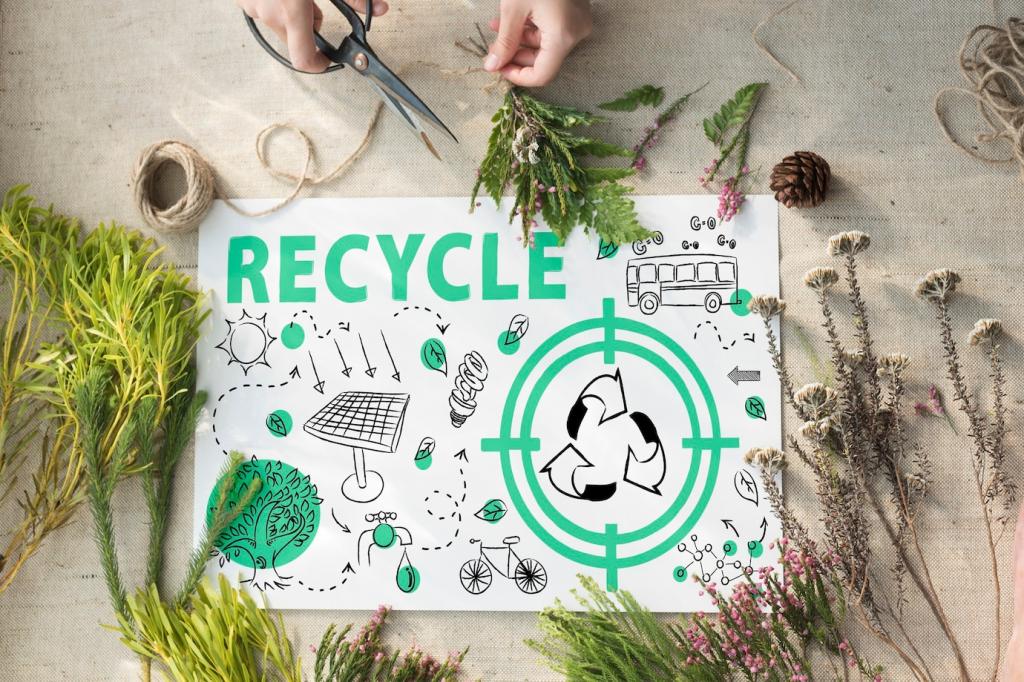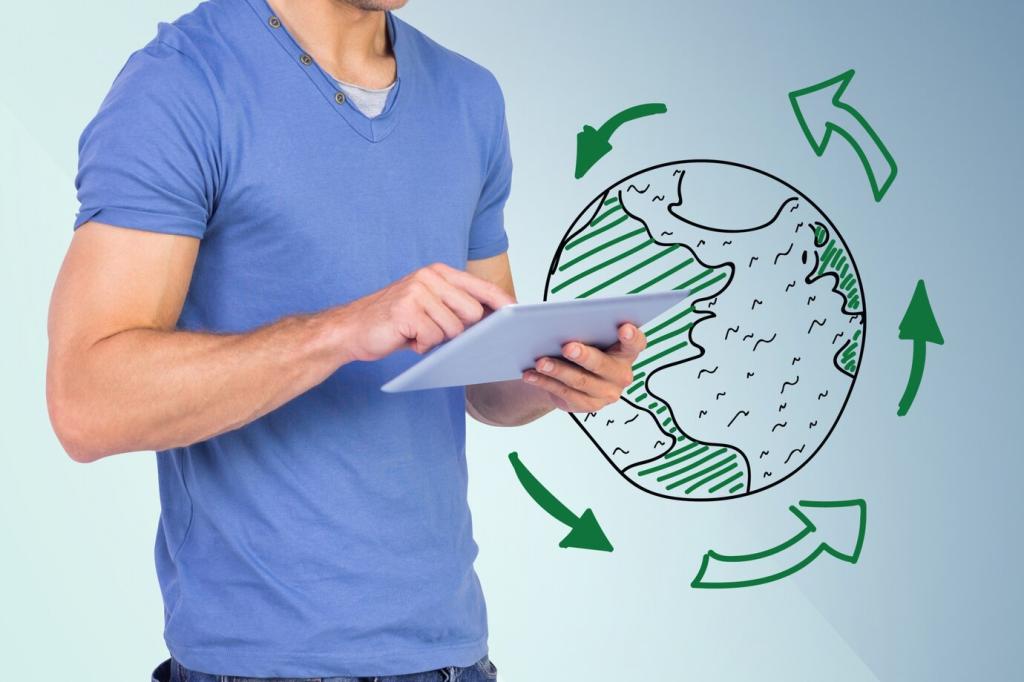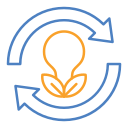Innovative Techniques in Textile Recycling: Turning Threads Into Tomorrow
Chosen theme: Innovative Techniques in Textile Recycling. Explore the breakthroughs transforming waste textiles into new fibers and fabrics, with human stories, practical insights, and ways you can join, comment, and subscribe to move circular fashion forward.
Why Textile Recycling Innovation Matters Now
From Overflowing Closets to Circular Systems
Each year, millions of tons of garments head to landfills or incinerators, despite containing recoverable fibers and embedded energy. Innovative textile recycling techniques convert that loss into opportunity, cutting waste while preserving precious resources.
Innovation as a Bridge Between Waste and Worth
Innovative techniques are not buzzwords; they are practical bridges linking discarded textiles to fresh feedstock for yarn mills. They align environmental urgency with business viability, creating resilient supply chains and measurable climate benefits.
Join the Dialogue and Drive Change
Your voice matters. Share experiences with take-back programs, ask questions about fiber quality, and subscribe for updates. Community feedback helps innovators refine technologies and brands design products that recycle more successfully.

Smart Sorting and Preprocessing
Near-Infrared and Hyperspectral Identification
Automated sorting lines use spectral signatures to detect fiber types in milliseconds. By accurately distinguishing cotton, polyester, wool, and blends, these systems reduce contamination and increase yield in downstream recycling.


Computer Vision Robotics for Gentle Handling
Robotic arms guided by vision models can pick, place, and de-trim garments with surprising delicacy. This reduces manual sorting fatigue, speeds throughput, and protects textiles before they enter shredding or chemical processes.
Color, Dyes, and Clean Separation
Innovations in low-impact dye stripping use optimized solvents and carefully controlled conditions to remove color while protecting fiber integrity. The result is brighter, more consistent recycled feedstock with less need for heavy re-dyeing.
Color, Dyes, and Clean Separation
Emerging systems capture stripped colorants for potential reuse or safe disposal. Integrating pigment recovery into recycling lines reduces wastewater load and reveals new material economy opportunities from what was once pure waste.
Designing for Recycling from Day One
Monomaterials and Purposeful Blends
Choosing monomaterials, or blends with clear separation pathways, simplifies recycling dramatically. Designers can specify compatible elastics, avoid PVC prints, and select trims that do not contaminate fiber-to-fiber processes.
Detachable Trims, Labels, and Accessories
Innovative snap-in components, dissolvable threads, and heat-release adhesives allow easy disassembly. These thoughtful details reduce preprocessing burdens, improving yield and fiber quality after garments reach their second life.
Digital Product Passports and Clear Instructions
Digital product passports store fiber composition, dye classes, and repair tips. Clear end-of-life guidance on care labels encourages consumers to return items properly, enabling efficient, high-value recycling at scale.
Microfactories and Localized Reprocessing
City microfactories test sorting settings, shredding parameters, and blending recipes with immediate results. Their proximity to collection points shortens loops, cuts transport emissions, and supports local circular jobs.
Microfactories and Localized Reprocessing
One pilot turned uniforms into durable tote fabrics within a week, sharing updates with employees who donated garments. The narrative built pride, transparency, and measurable impact in a single neighborhood.



